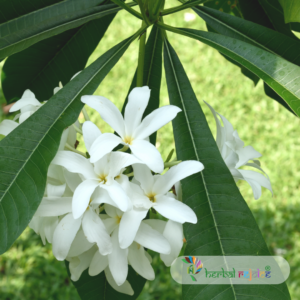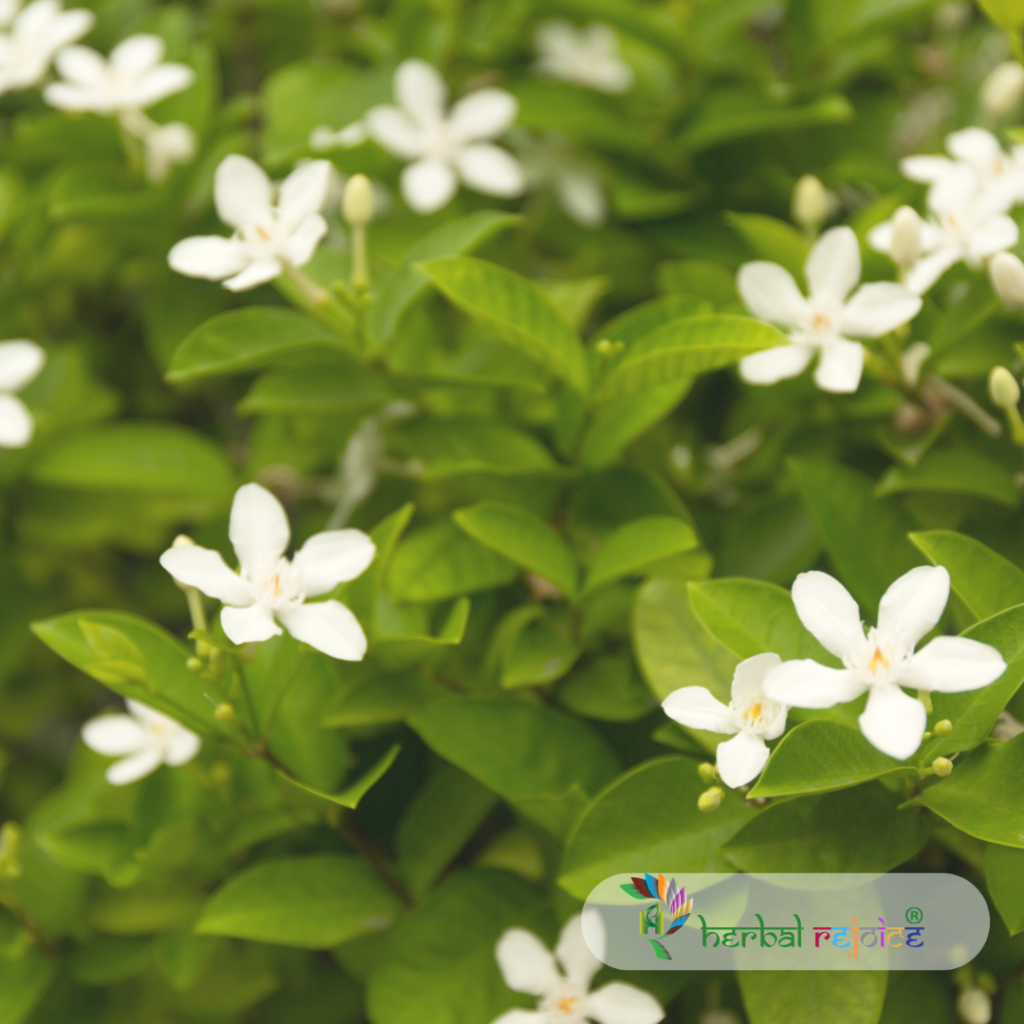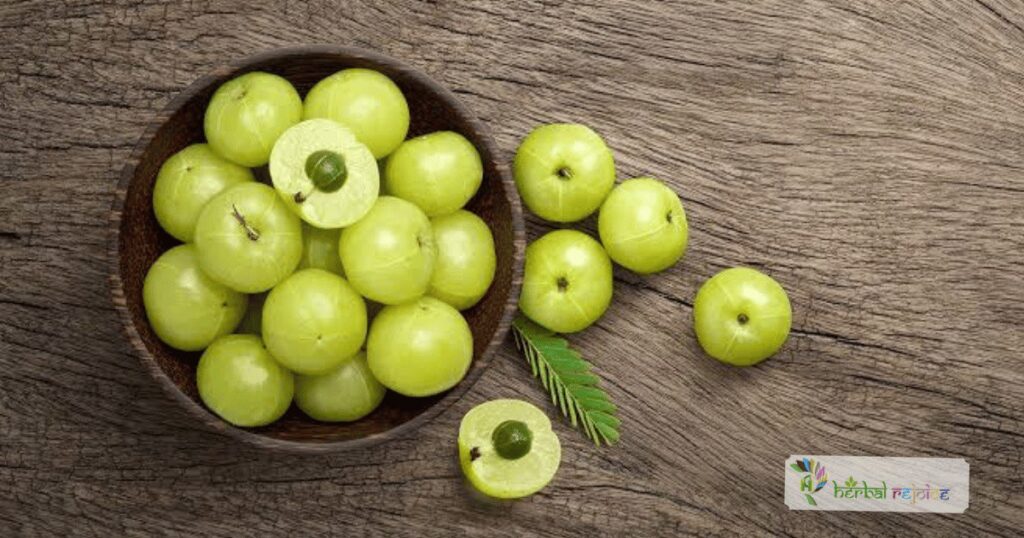Wrightia tomentosa Roem. & Schult., also known as W. arborea (Dennst.) Mabberley, is a plant belonging to the Apocynaceae family. It is native to regions such as Punjab, Rajasthan, Bihar, Assam, and the Western Peninsula. In Ayurvedic medicine, it is referred to as Kutaja (red-flowered) and Indrayava for its seeds. In Siddha/Tamil medicine, it is known as Pala.
This plant has two varieties mentioned in Ayurvedic texts: the male variety is mostly associated with Holarrhena, while the female variety is associated with Wrightia. In Unani medicine, Holarrhena antidysenterica (Conesse Bark) is referred to as Inderjao Talkh (bitter), and Wrightia tinctoria (Dyer’s Oleander, Blue Dyeing Roseberry) is known as Inderjao Shireen (sweet).

The dried bark of Wrightia tomentosa is used as a substitute for Holarrhena antidysenterica bark. Both barks contain the active principle alkaloid conessine. Other alkaloids found in the bark include conessine dihydrate, holarrhine, kurchicine, and a small amount of conkurchine. The bark also contains beta-sitosterol, lupeol, alpha-amyrin, and reducing sugars in addition to the alkaloids. Wrightiadione, an isoflavone isolated from the stem bark, has displayed cytotoxic activity. Furthermore, two aliphatic compounds, namely n-tritriacont-16-one and hexaconsan-3, 6-diol-12-oic acid, have been isolated from the bark.
Frequently Asked Questions
1. What is Wrightia tomentosa?
Wrightia tomentosa is a plant belonging to the Apocynaceae family that is native to regions such as Punjab, Rajasthan, Bihar, Assam, and the Western Peninsula.
2. What are the common names of Wrightia tomentosa?
Wrightia tomentosa is also known as W. arborea, Kutaja (red-flowered) in Ayurvedic medicine, and Pala in Siddha/Tamil medicine.
3. What are the two varieties of Wrightia tomentosa mentioned in Ayurvedic texts?
The male variety of Wrightia tomentosa is mostly associated with Holarrhena, while the female variety is associated with Wrightia.
4. How is Wrightia tomentosa used in Unani medicine?
In Unani medicine, Holarrhena antidysenterica (Conesse Bark) is referred to as Inderjao Talkh (bitter), and Wrightia tinctoria (Dyer’s Oleander, Blue Dyeing Roseberry) is known as Inderjao Shireen (sweet).
5. What is the active principle alkaloid found in Wrightia tomentosa bark?
The active principle alkaloid found in Wrightia tomentosa bark is conessine.
6. What other alkaloids are found in Wrightia tomentosa bark?
Other alkaloids found in Wrightia tomentosa bark include conessine dihydrate, holarrhine, kurchicine, and a small amount of conkurchine.
7. Besides alkaloids, what other compounds are present in Wrightia tomentosa bark?
Wrightia tomentosa bark also contains beta-sitosterol, lupeol, alpha-amyrin, and reducing sugars.
8. What is wrightiadione?
Wrightiadione is an isoflavone isolated from the stem bark of Wrightia tomentosa that has displayed cytotoxic activity.
9. What are the medicinal uses of Wrightia tomentosa?
Wrightia tomentosa is used in Ayurvedic medicine for various medicinal purposes, including treating dysentery, diarrhea, fever, skin diseases, and as a vermifuge.
10. Can Wrightia tomentosa be used as a natural dye?
Yes, Wrightia tomentosa can be used as a natural dye. The plant is known for its blue dyeing properties.
11. Where can I find more information about Wrightia tomentosa?
You can find more information about Wrightia tomentosa in Ayurvedic texts and research articles on medicinal plants.
12. Can I use Wrightia tomentosa for self-medication?
It is recommended to consult a healthcare professional or Ayurvedic practitioner before using Wrightia tomentosa for self-medication to ensure proper dosage and safety.
13. Are there any side effects or precautions associated with the use of Wrightia tomentosa?
While Wrightia tomentosa is generally considered safe when used in recommended doses, it is important to note that some individuals may experience allergic reactions or other side effects. Pregnant and breastfeeding women should avoid using it.
14. Can I cultivate Wrightia tomentosa in my garden?
Wrightia tomentosa can be cultivated in gardens, but it is important to provide the plant with well-drained soil and sufficient sunlight.
15. Is Wrightia tomentosa an endangered species?
Wrightia tomentosa is not currently listed as an endangered species, but its wild populations may face threats due to habitat loss and overharvesting.
16. Are there any alternative plants that can be used as a substitute for Wrightia tomentosa?
In Ayurvedic medicine, the dried bark of Wrightia tomentosa is sometimes used as a substitute for Holarrhena antidysenterica bark.
17. Can Wrightia tomentosa be used for hair care?
There is no specific evidence or research regarding the use of Wrightia tomentosa for hair care. It is primarily used in traditional medicine for internal use.
18. Can I find Wrightia tomentosa products in stores?
Some Ayurvedic stores or online herbal retailers may sell Wrightia tomentosa-based products such as powders, extracts, or capsules.
19. Can Wrightia tomentosa be used to treat skin diseases?
Wrightia tomentosa is traditionally used in Ayurvedic medicine to treat skin disease.


